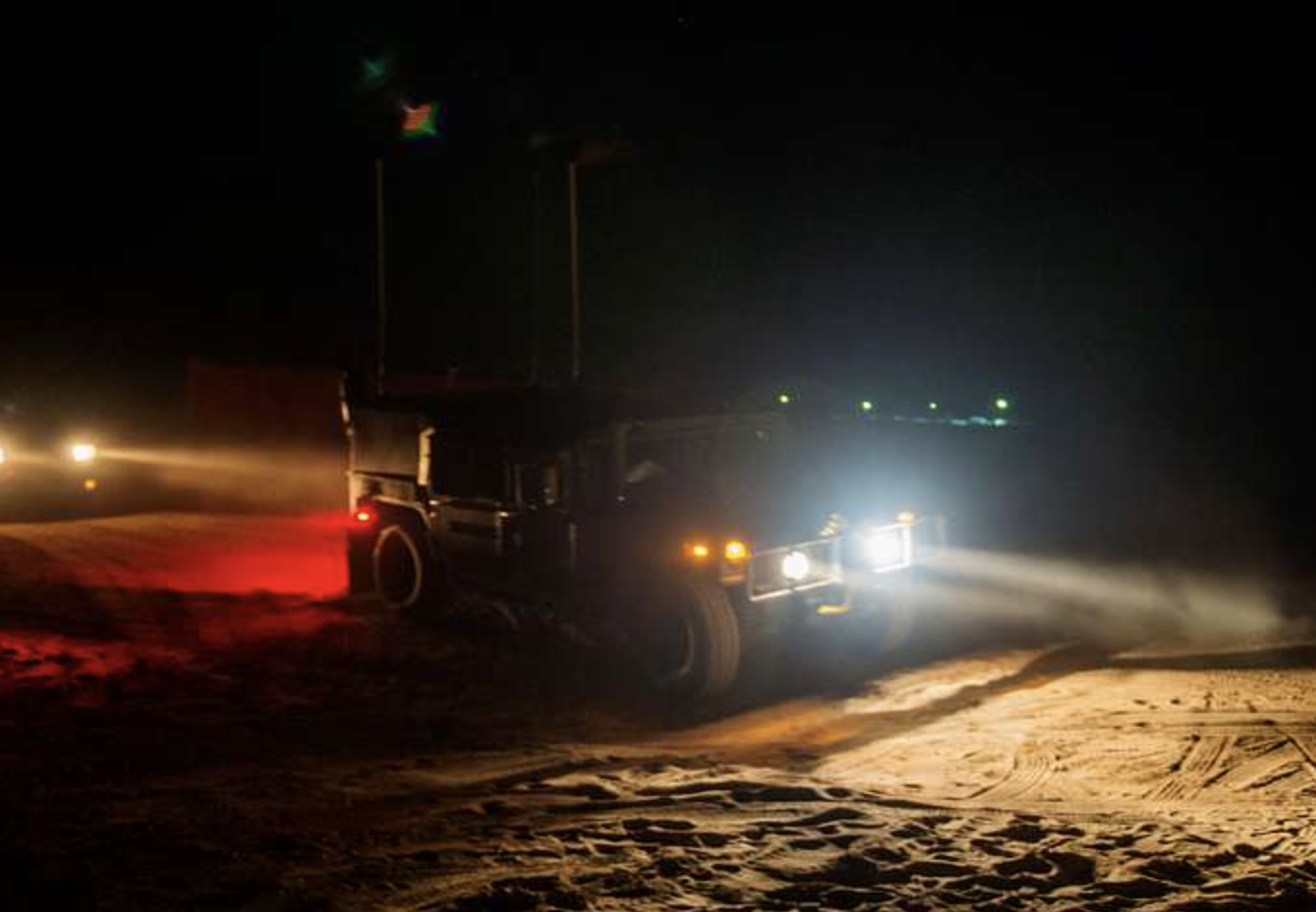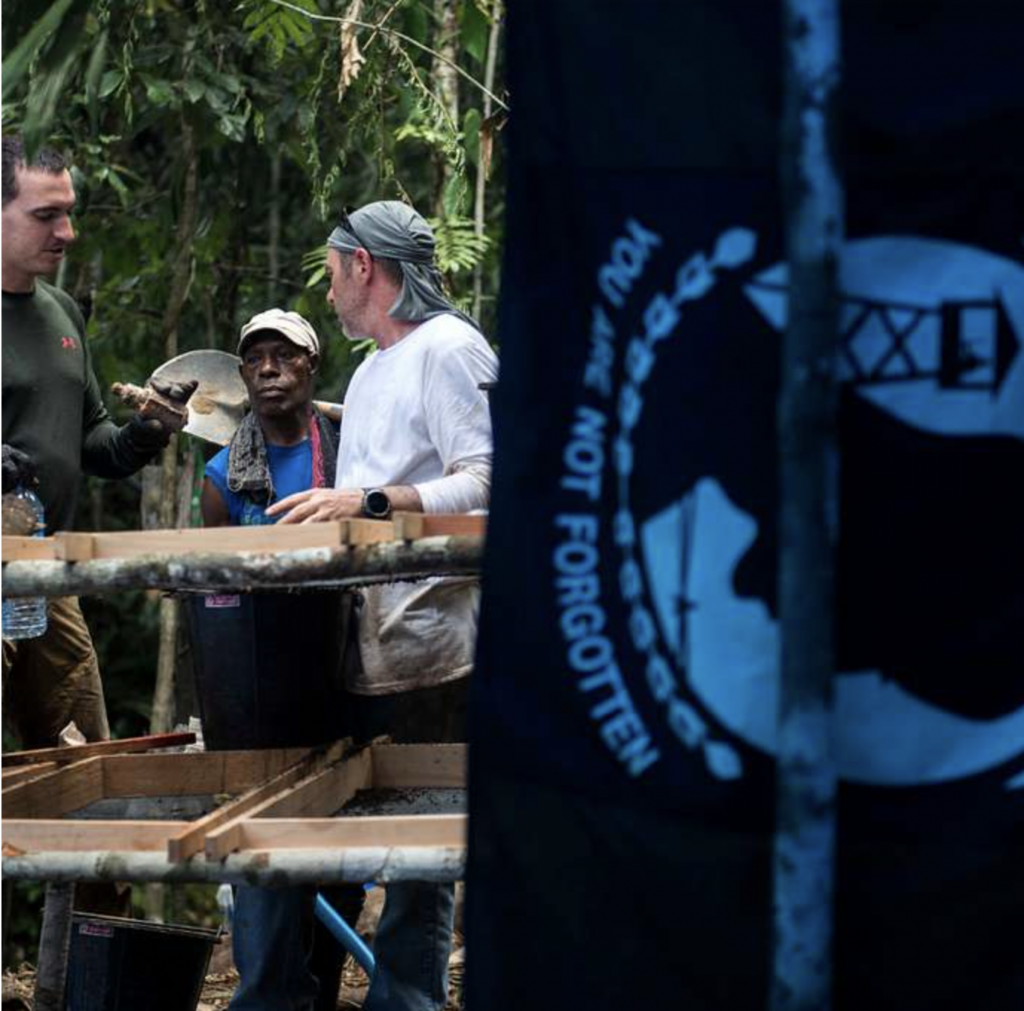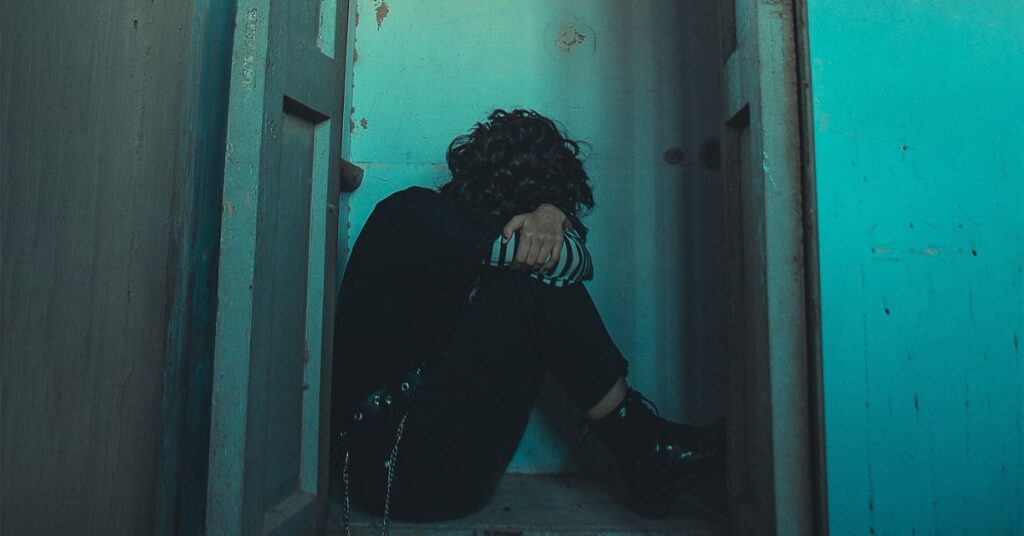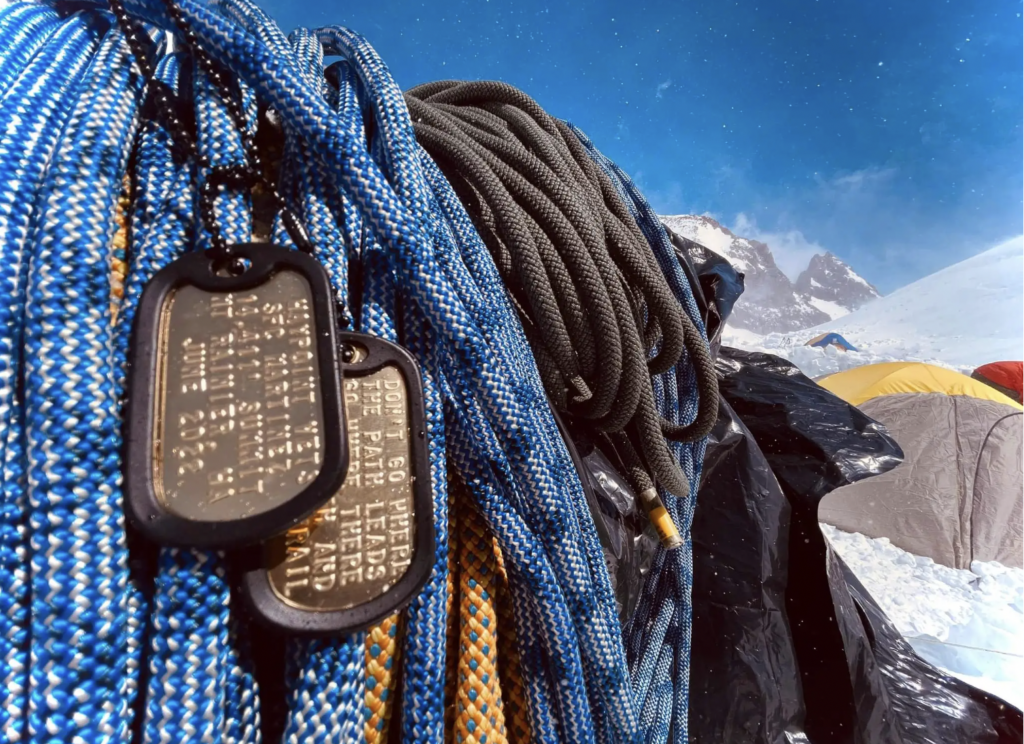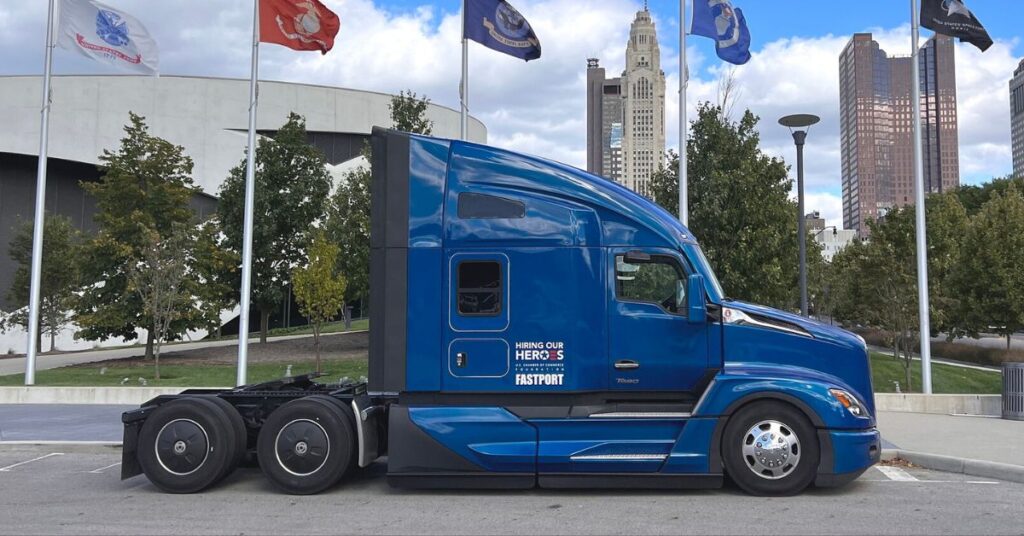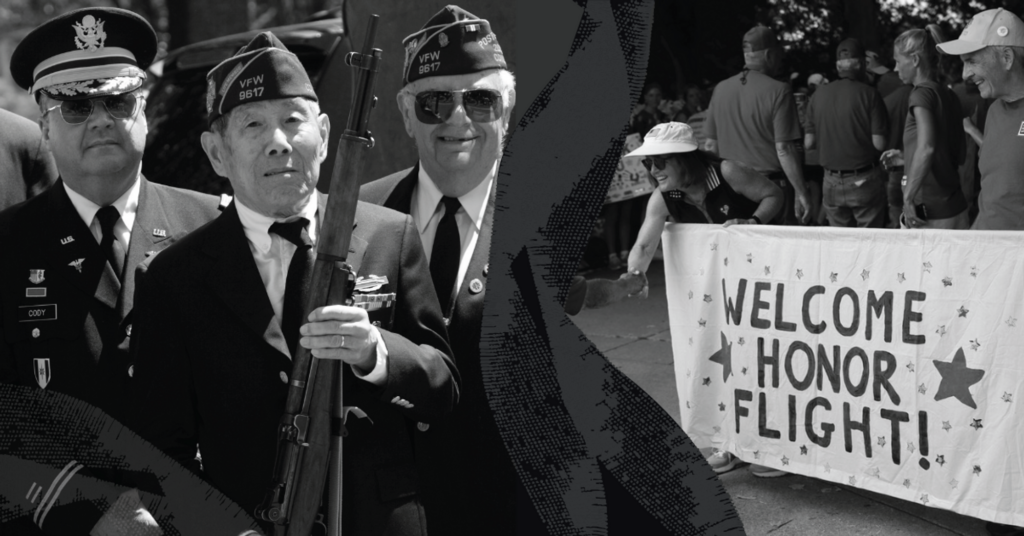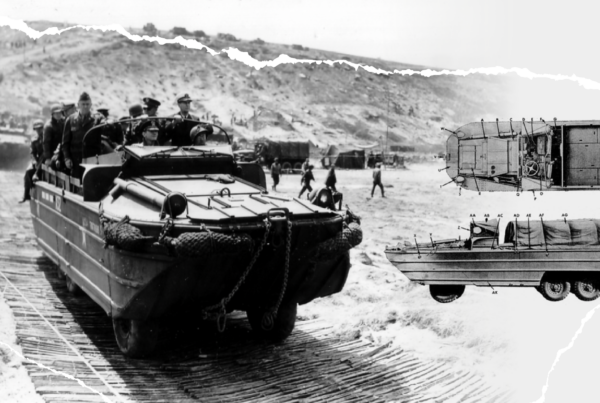Trucks of War Series:
The frontlines of modern American history are tracked by combat trucks. Their history as crucial partners in effectively winning the war effort throughout US conflict theaters, ranges from the race to capture Pancho Villa to the famed Gun Trucks of Vietnam, from the amphibious assault on D-Day to delivering supplies to the Kurds in Iraq. VIT is telling the story of the US truck’s fascinating role as a vital member of the military on the frontlines of American history.
This story was first told by Army
Two rocket-propelled grenades and a roadside bomb later, a truck convoy of seven Army servicemen lived to tell the tale… but only because one heroic soldier worked to save them all.
The day started out humdrum and placid– their Army unit was scheduled to convoy across the Afghani desert.
Stephen, “Hooch,” Hochstetler was napping in the back of their truck.
“Hooch was my gunner that day and I typically like to sit in the back left behind the driver’s seat,” Clayton Swanson said. “When I opened the door to go and throw all my gear in there, he was in there taking a little nap and he just looked at me and said, “Uh Uh, other side.’
That move saved Swanson’s life.
As night fell on the Afghan desert, an ambush lay in wait for the soldiers. But Swanson’s last minute seat switch meant the shrapnel destined for him hit Hochstetler instead.
After the bombs exploded, chaos reigned in the dark Afghan desert. Hochstetler quickly realized that he was wounded– his leg was pierced clean through with a piece of metal.
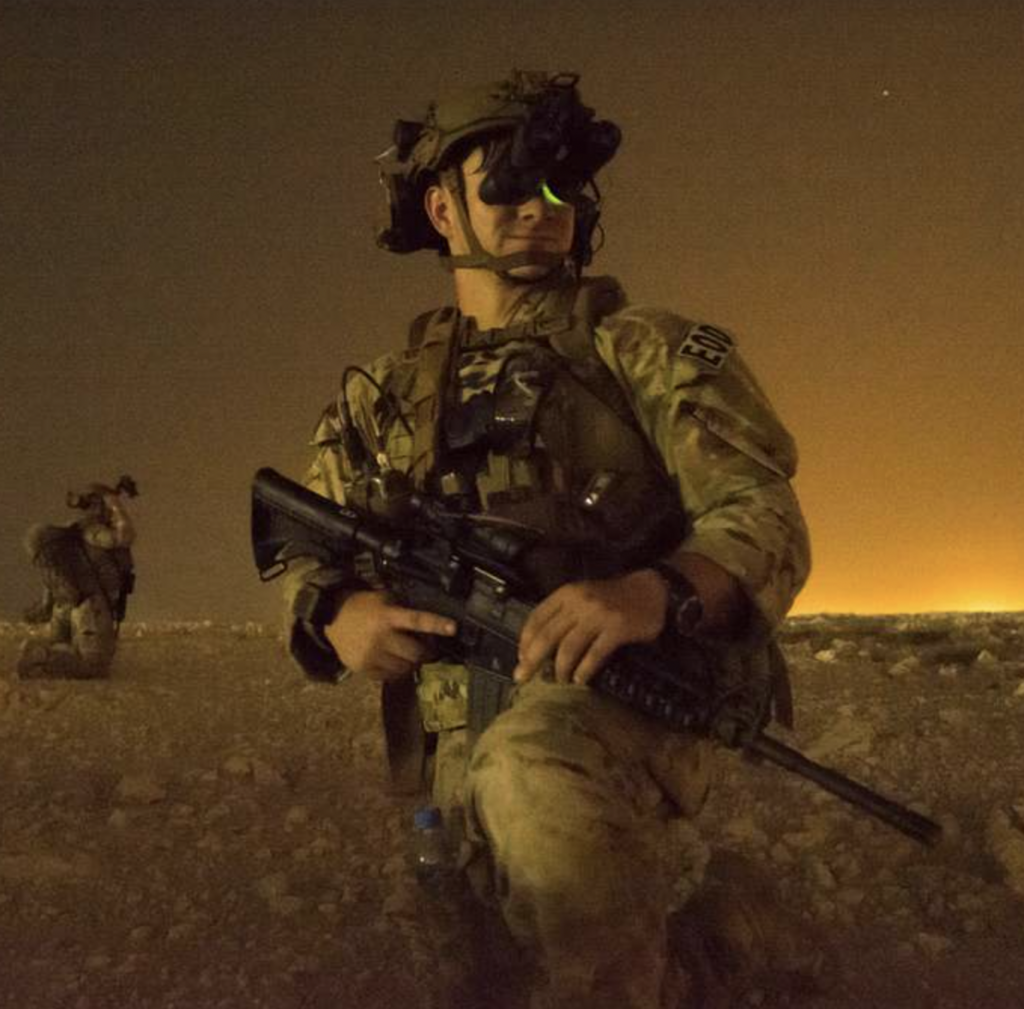
Hochstetler worked to tie his own tourniquet, and then threw himself into aiding his wounded comrades. The convoy was on fire:
“I put the fire out because the extinguishing system didn’t go off, [and] I realized I was bleeding all over the place,” Hochstetler said. “I put a tourniquet on my leg and went to work from there. ‘Take-care-of-the-bad-guys’ kind of deal.”
Swanson said, “The first major blasts were on the back left door, and then the back frame right between the driver and the passenger sent a huge piece of shrapnel through Hooch’s leg. If it wasn’t his knee, it would have taken the entire front of my face off,” he adds.
“I’ve loved that man ever since.”
Maj. Gen. Johnny Davis remembers that, “In the chaos, noise, and confusion, I remember Hooch springing into action by manning his weapon and preparing to return fire despite all of us being wounded,” Davis said.
“In that moment, I could feel the bonds of trust between all of us – we were a family and a unit dedicated to do the right thing, no matter what happened to us.”
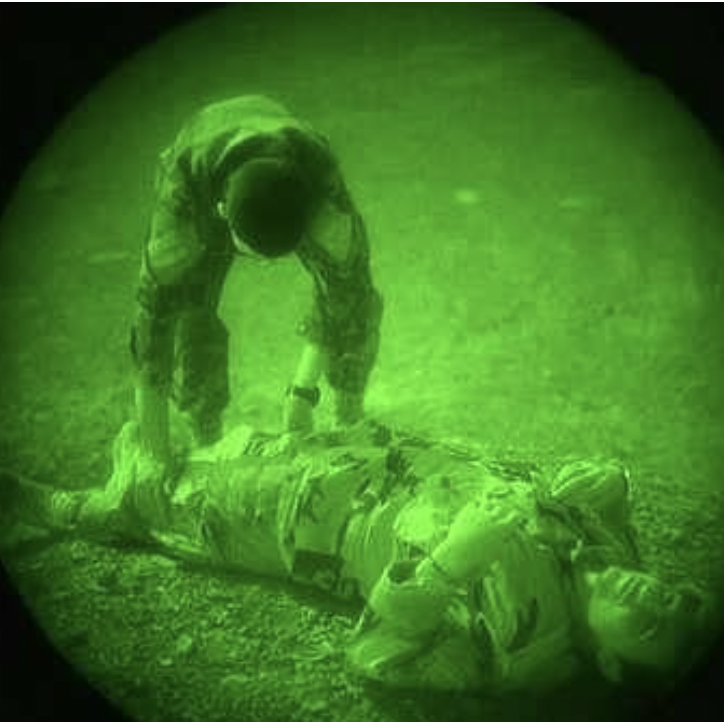
Swanson’s main memory is that Hochstetler was cool under fire:
“What stands out that day is after [Hooch] got hit, before I came to, he was already getting his own tourniquet on,” Swanson said. “His gun was trashed, and with a big old piece of metal right through his leg he was up in that gunner’s chair, just as quick as possible, handling business until we were able to get him out of there.”
The Army flew Hochstetler to Germany for treatment. He remembers sitting still and healing as the hardest part of the whole ordeal, “I’m very mission oriented.”
Hochstetler’s was awarded a Purple Heart and an Army Commendation Medal with ‘V’ device for his heroic actions.
“I’m not big on the whole awards thing,” he said. “I’m an advocate of signing up to do a job and if you do it well then everybody gets to go home at the end of the day.”


